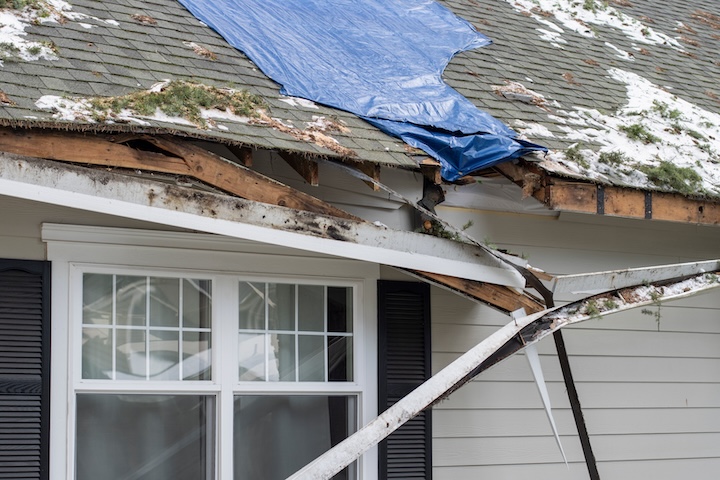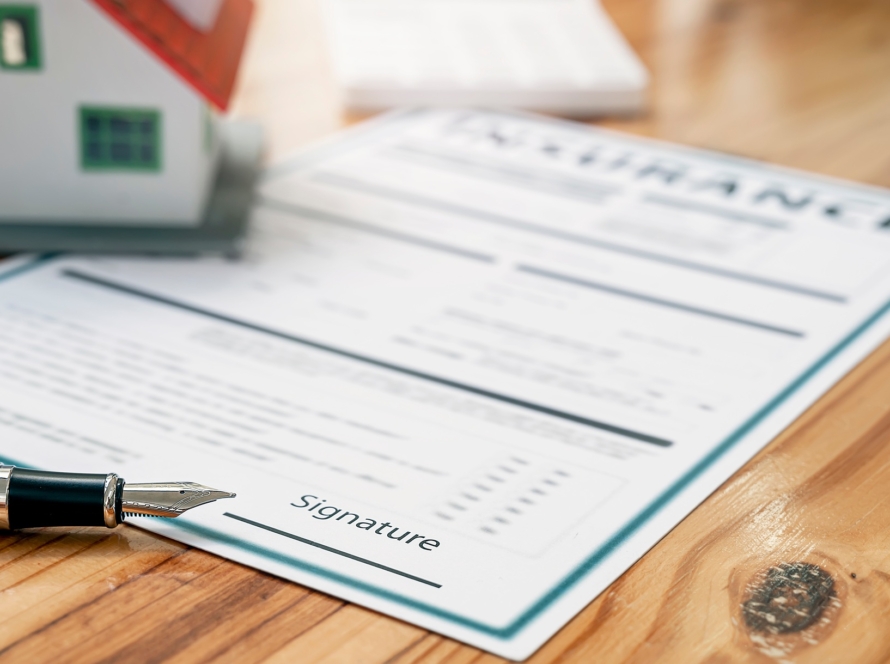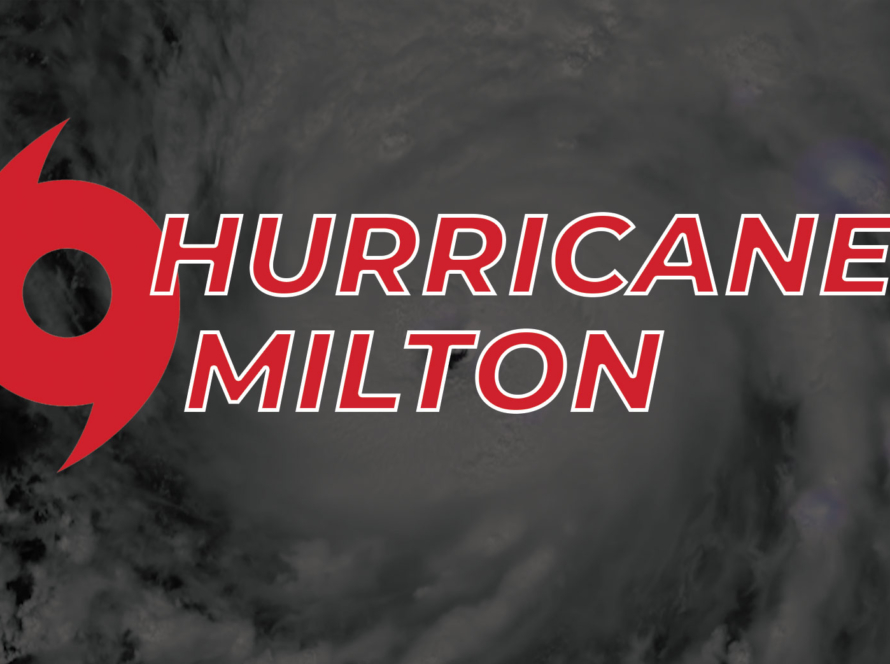
Navigating Property Damage Insurance Claims
Importance of Property Damage Insurance Claims
Property damage insurance claims play a crucial role in the financial recovery process for both residential and commercial property owners. Filing property damage insurance claims enables property owners to recoup losses and repair damages caused by natural disasters, accidents, or vandalism. Without adequate compensation, property owners might face significant financial strain, which could impact their personal or business stability.
Claim Type and Importance
| Claim Type | Importance |
|---|---|
| Residential Property Claims | Ensures home safety and comfort |
| Commercial Property Claims | Prevents business interruptions |
Challenges Faced by Property Owners
Filing property damage insurance claims can be a complex and daunting task, presenting several challenges for property owners.
Impact of Challenges on Claim Process
| Challenge | Description | Impact |
|---|---|---|
| Complex Procedures | Multiple steps with documentation | Delays in claim approval |
| Claim Evaluation | Risk of undervaluation | Reduced compensation |
| Negotiations | Ensuring fair payout | Lengthy process |
| Legal Jargon | Difficult to understand policies | Misinterpretation of coverage |
| Emotional Stress | Added burden on property owner | Increased mental strain |
Understanding the Process
Initial Steps After Property Damage
- Ensure Safety: The first priority should always be the safety of everyone involved. Evacuate the premises if necessary.
- Document the Damage: Take photos and videos of all the damaged areas. This documentation will be essential when filing the claim.
- Prevent Further Damage: Take reasonable measures to prevent additional damage, such as covering broken windows or roof sections.
- Notify Your Insurer: Report the damage to your insurance company as soon as possible to expedite the claim process.
Filing the Claim
| Step | Description |
|---|---|
| Notify Insurer | Report the damage immediately |
| Document Damage | Photos, videos, and detailed notes |
| Complete Forms | Fill out insurance claim forms accurately |
| Repair Estimates | Obtain quotes from contractors |
| Review Policy | Understand your coverage and limits |
Maximizing Your Claim
- Document the Damage: Take clear, high-resolution photos from multiple angles.
- Calculate the Value: Include both replacement cost value (RCV) and actual cash value (ACV).
- Negotiate Effectively: Use your documentation and estimates to ensure a fair payout.
Legal Assistance
Property owners should consider legal help in several situations:
- Denied claims without a valid reason.
- Settlement offers that do not adequately cover damages.
- Complex policies that require legal interpretation.
- Disputes over liability and cause of damage.
Benefits of Legal Assistance
| Benefits | Description |
|---|---|
| Expert Navigation | Navigates complex insurance laws |
| Accurate Documentation | Ensures all necessary documents are presented |
| Effective Negotiation | Advocates for higher settlements |
| Litigation Support | Represents property owners in court if necessary |
| Stress Reduction | Allows property owners to focus on recovery |
Avoiding Common Mistakes
- Failing to Document Properly: Missing photographic evidence weakens claims.
- Delaying Claim Submission: Timely filing prevents denial or reduced compensation.
- Not Understanding Policy Terms: Misinterpretation can lead to misunderstandings.
- Ignoring Temporary Repairs: Failure to mitigate damage may reduce payouts.
- Accepting the First Offer: Negotiation can yield better compensation.
Schedule a FREE Consultation.
Submit your case details swiftly through our contact form for Payne Law’s prompt review and response.
Error: Contact form not found.



